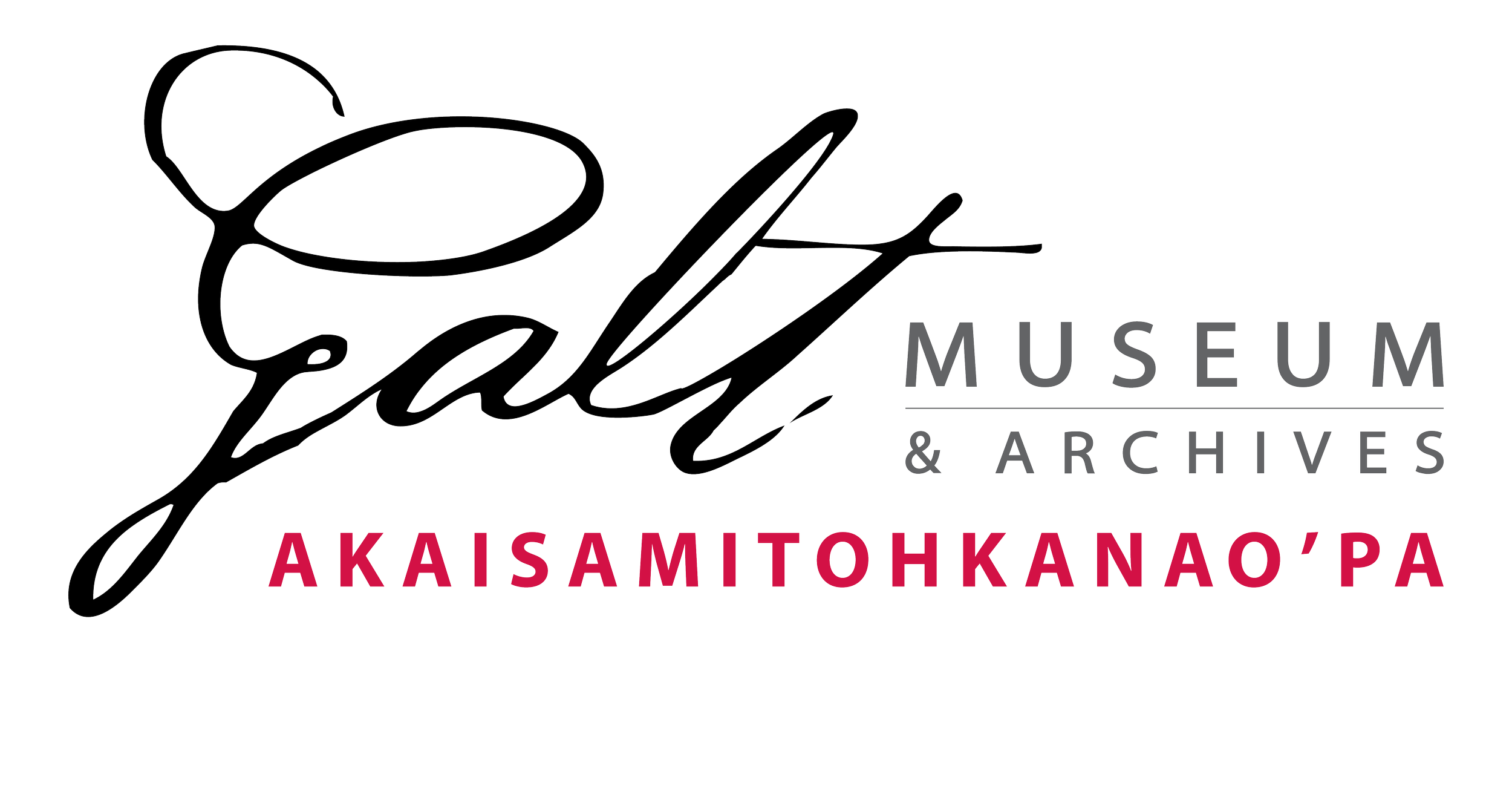Prairie Rose
Ethnobotany
Most parts of the rose are edible—flower buds, petals, young leaves—but the hips are most nutritious. An analysis of the composition of rose hips revealed that 100 grams of hips contained 69,550 International Units of vitamin A (Johnston 42), and three hips can contain as much vitamin C as an orange. (Kershaw 72) Because the hips are so seedy, and the seeds are covered with hairs that can cause digestive irritation (i.e. an itchy bum), some tribes considered rose hips famine food. (Kershaw 72)
Hungry Wolf explains that cooked hips mixed with fat were one of a baby’s first solid foods, and that rose hip soup was considered a good soup for children. (12)
Botany
Growth habit and range: This is a common, low shrub growing to a height of 20–30 cm. It occurs on hills and other well-drained, open sites on the prairies throughout the province.
Description: The bark is red-brown in colour and densely covered with prickles. The leaves are dark green and pinnately compound. The leaflets number 9–11 per leaf, are usually smooth and shiny, and measure 2–5 cm in length. The flowers appear in June and July and occur in corymbs of 2 or 3 flowers. Each blossom displays five broad, white to light pink to dark pink petals which measure 1.5–2.5 cm in length. Five sepals and numerous yellow stamens are also present. The fruit is a rounded, dull orange to red structure called a ‘hip’ which contains a number of hairy, dry achenes. The petals and hips are high in vitamins A and C, calcium, phosphorus and iron and are used to make tea.
References
Hungry Wolf, Adolf. 1989. Teachings of Nature. Good Medicine Books, BC.
Johnston, Alex. 1987. Plants and the Blackfoot. Occasional Paper No. 15., Lethbridge Historical Society, AB.
Kershaw, Linda. 2000. Edible and Medicinal Plants of the Rockies. Lone Pine Publishing, AB.


